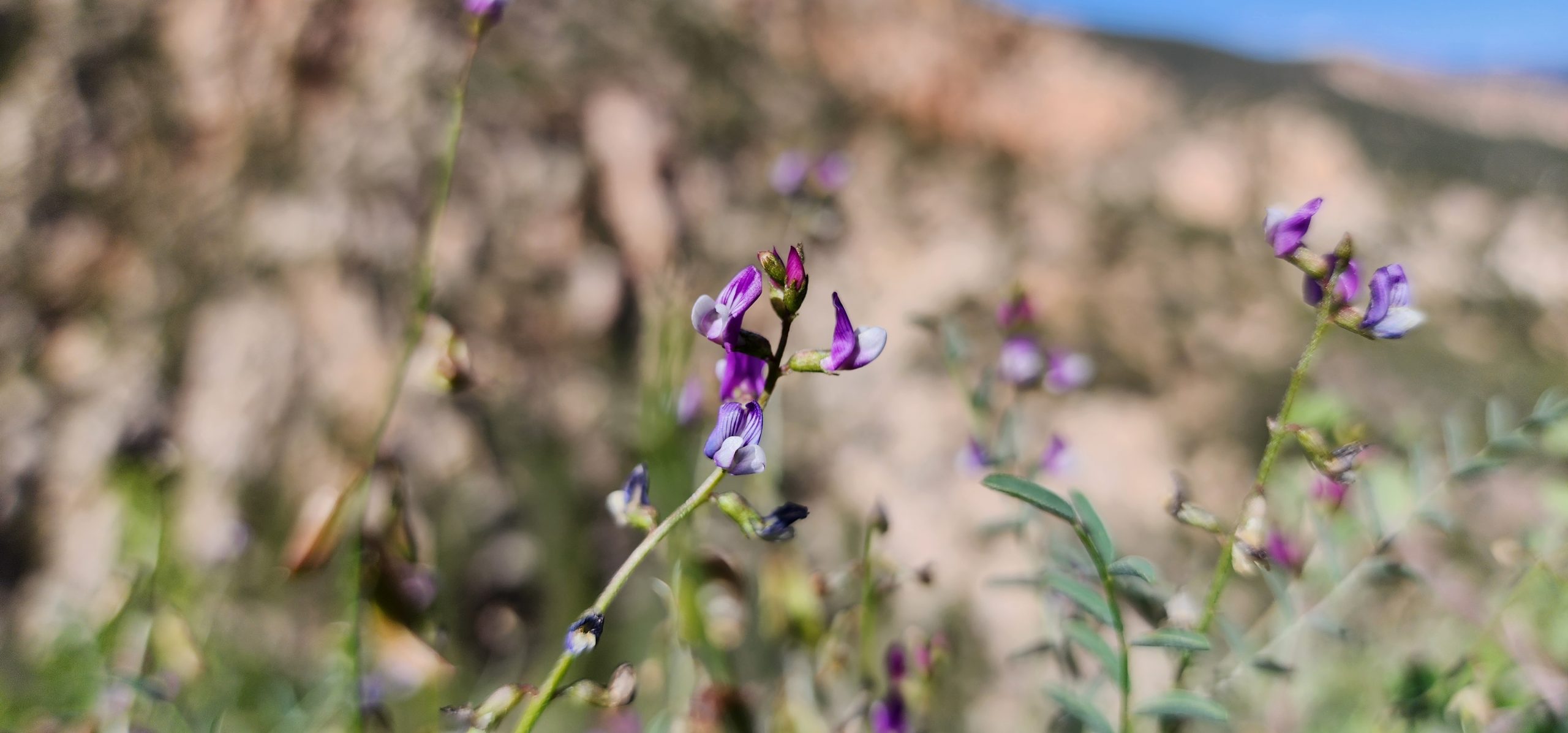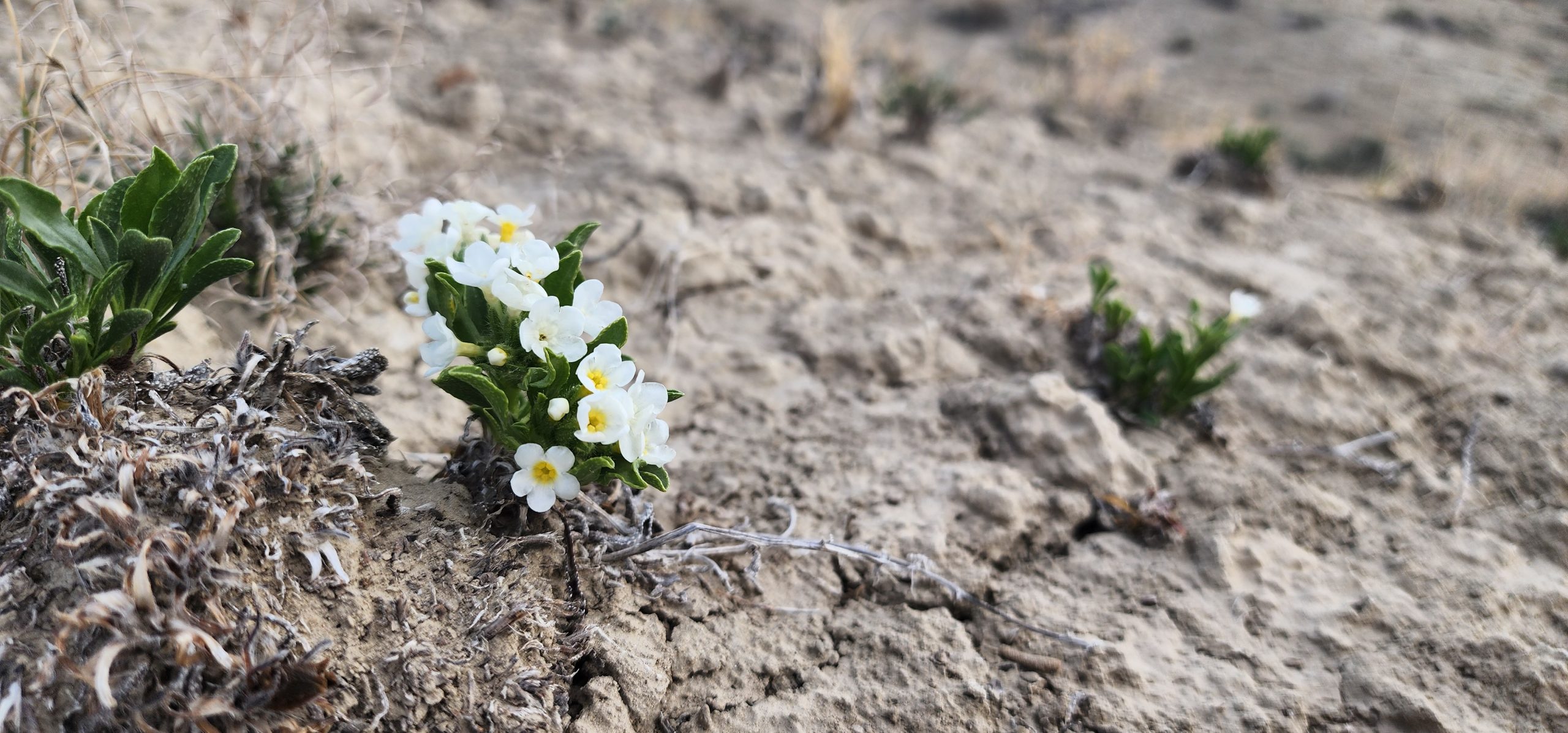Save Plants
CENTER FOR PLANT CONSERVATION
July 2019 Newsletter
A Slight Adjustment
It’s the height of summer and hopefully, many of you are outdoors enjoying the world of plants, whether at the shore, mountains or local park. We’re taking this time to make a slight change in our newsletter. We’ve decided to move the release date on our monthly newsletter from mid-month to the first week of the month. To allow our contributors to adjust to the new timing, we are going light in July.
This month we are featuring just one article – giving you a taste of what is in store for our August issue about rare plants and islands. Please enjoy this month’s feature article about the recent work on islands off the coast of California and Mexico. Get a feel of what it’s like to travel to these islands and the challenges plant conservationists face.
And check in next month for an in-depth look at the work of the Center for Plant Conservation network on islands in North America and saving rare plants.
Thank you,
CPC Newsletter Team
Questions and Challenges for Island Conservation
Standing on a plateau on Isla Guadalupe off the coast of Baja California, Joyce Maschinski, Ph.D., could appreciate the beauty of an island in recovery – the return of pine and cypress forests and other habitats after more than a century of invasive animal impacts. She also came to appreciate the power of fog, as it dramatically rolled over the chaparral, depositing droplets of moisture that sustain the vegetation on the island through the summer dry season. These are just a few of the traits shared by many of the other islands off the coast of California and Baja California; stretching from the Bay Area to halfway down the Baja Peninsula. On each of these islands, conservation efforts have made huge strides in bringing back the unique vegetation. But many challenges remain.
These challenges are too large for any one entity. But fortunately, there are many entities – land managers and mainland partners – working across the islands in both the U.S. and Mexico. Common concerns for endangered species, vegetation, and degraded habitats stimulated forming the Islas de Las Californias, Colaboración Botánica/ Islands of the Californias Botanical Collaborative (ICBC). It was a meeting of ICBC that brought Joyce out to Guadalupe Island.
Joyce’s vast experience with reintroductions, and ability to draw on the projects in the CPC reintroduction database, as well as the CPC Best Practices Guidelines, prompted the organizers of ICBC’s meeting to invite here to participate. They sought her input as the group discussed possible reintroductions of rare plants wiped out from one or more islands, but still found on others. Reintroductions, especially when seeds are being transported across islands, are no trivial matter. While it may seem intuitive to boost the species with seed and outplantings wherever a plant used to occur, concerns for genetic flow, habitat suitability, threat abatement, climate change, and more, all need to be weighed.
Removing invasive animals (goats, sheep, cattle, deer, etc.) has been an incredible step in reviving many of the plant species, both common and rare. Yet, it hasn’t been enough to bring everything back and these species could still fill key ecological roles. Endangered species are candidates for reintroduction or population enhancement projects. One of the two being considered at the ICBC meeting Joyce attended on Isla Guadalupe was Santa Cruz Island rockcress (Sibara filifolia), a diminutive annual with flowers of a lovely purple .
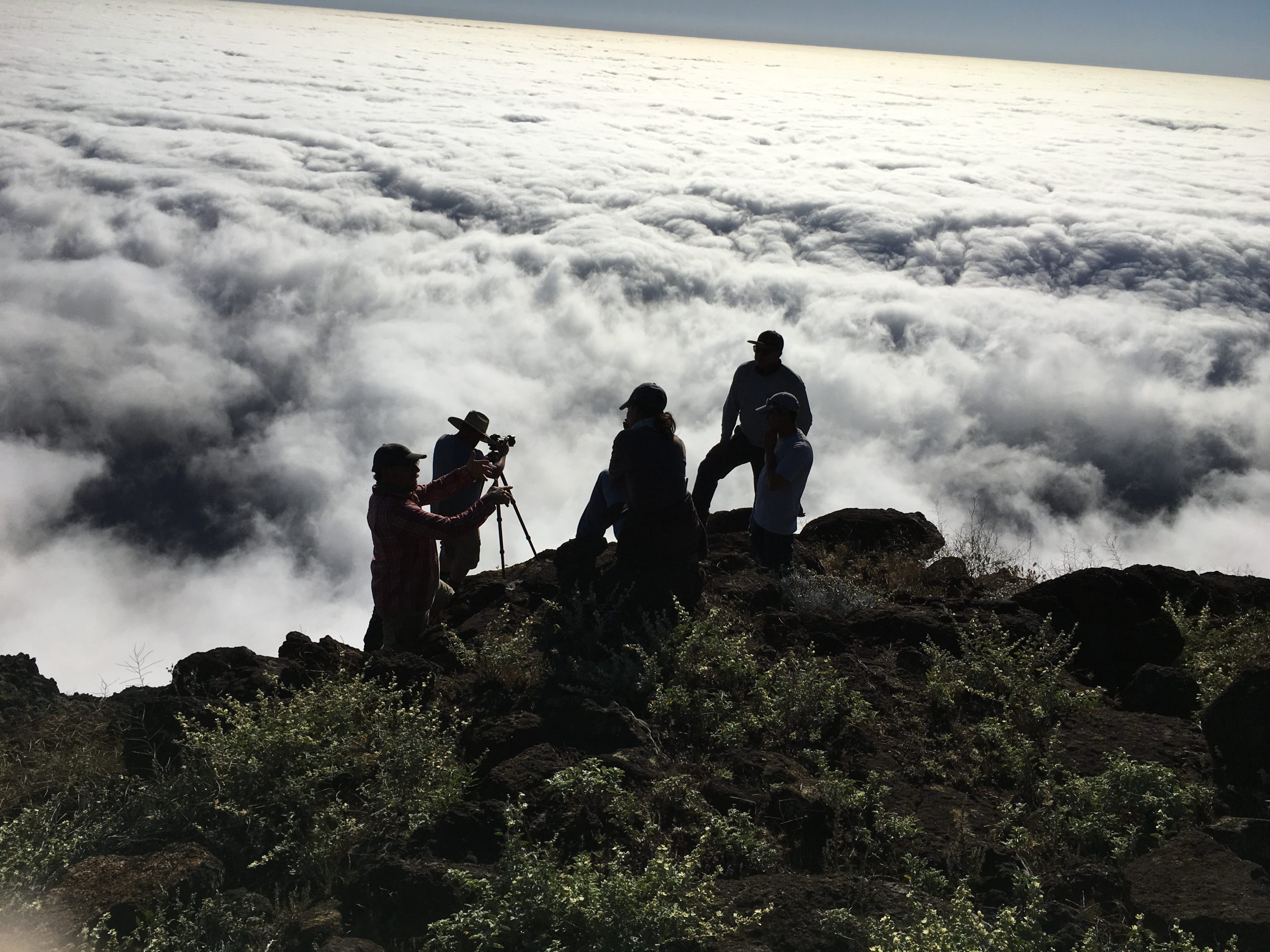

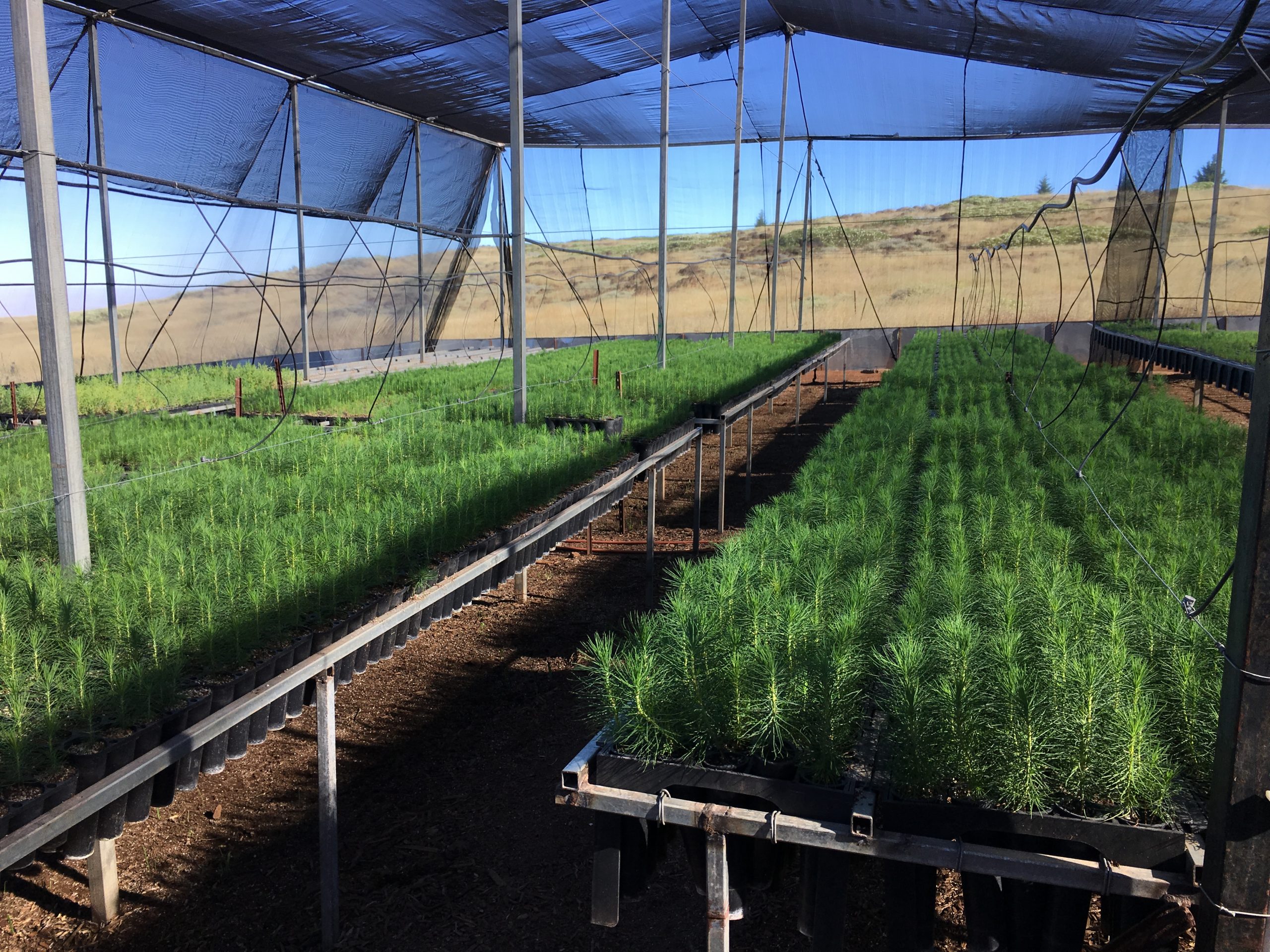
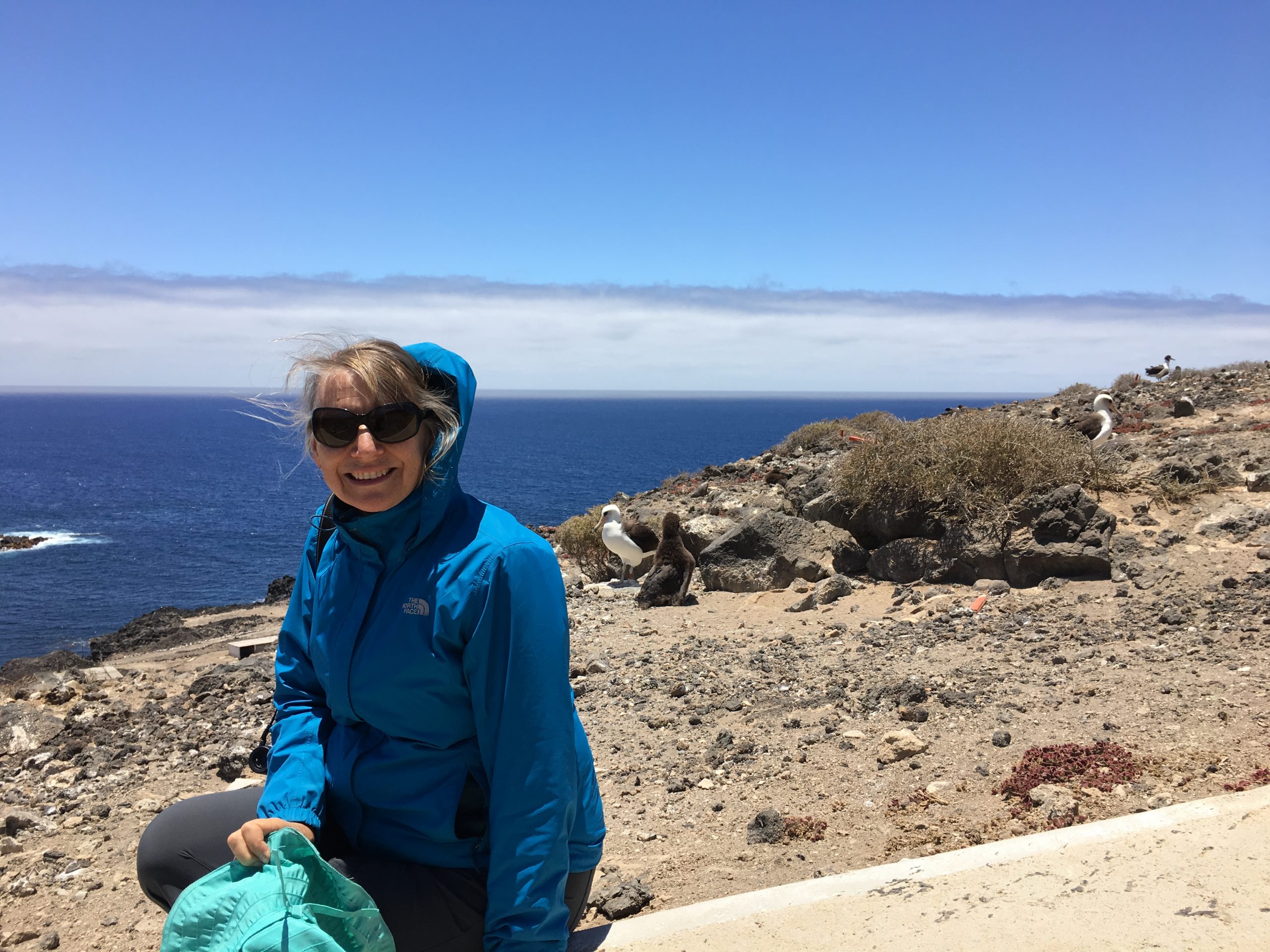

Though still found on San Clemente and Santa Catalina islands, off the coast of southern California, Santa Cruz Island rockcress has been lost from its namesake. And the island’s caretakers, The Nature Conservancy (TNC), have thoroughly searched for it – using a model created by the Catalina Island Conservancy and University of Southern California. The model allows researchers to identify suitable habitat to guide the way to find new populations on Catalina Island, but as yet, it is still missing from Santa Cruz Island. But the delicate annual herb is particularly hard to find in the field, and it may still persist in the soil seed bank. This possibility gives some members of ICBC pause when it comes to the idea of reintroductions. Mixing populations, of even the same species, does pose some risks, especially in the absence of genetic studies. TNC is open to experimenting with seed trials while searches on Santa Cruz Island continue.
Lots of questions need to be answered before seed would be used to reintroduce the species on Santa Cruz Island. During the meeting, Joyce walked the group through many of them, providing context drawn from research and experience. In the end, when the decisions are made, hopefully there will be healthy populations on all three islands – populations that are self-sustaining, large enough to fulfill their ecological functions, and can withstand both existing threats and looming threat of increased climate change. Perhaps when Joyce visits Santa Cruz Island in the future she’ll be able to see the fog rolling over short mats of rockcress, returned to their home.
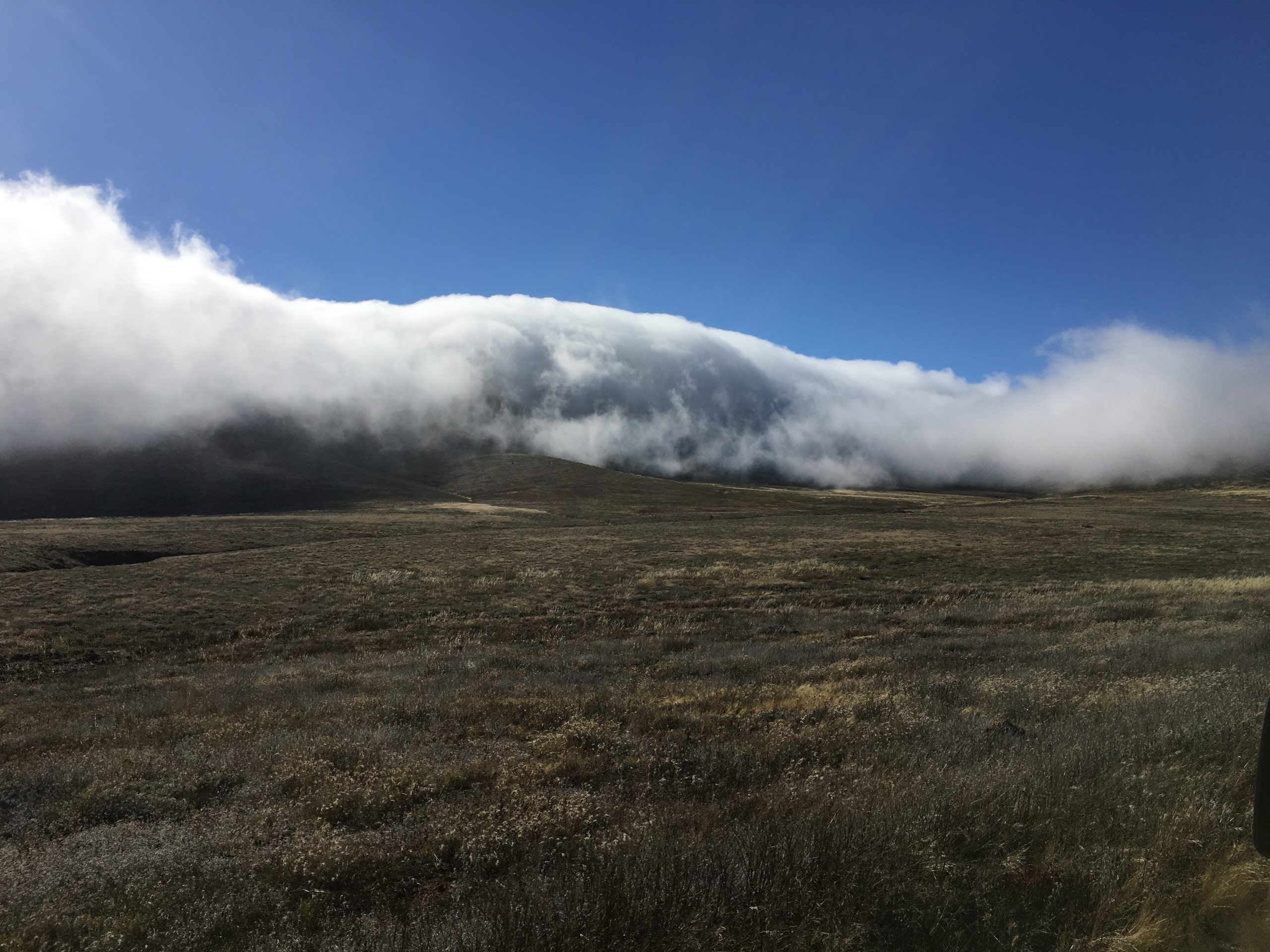
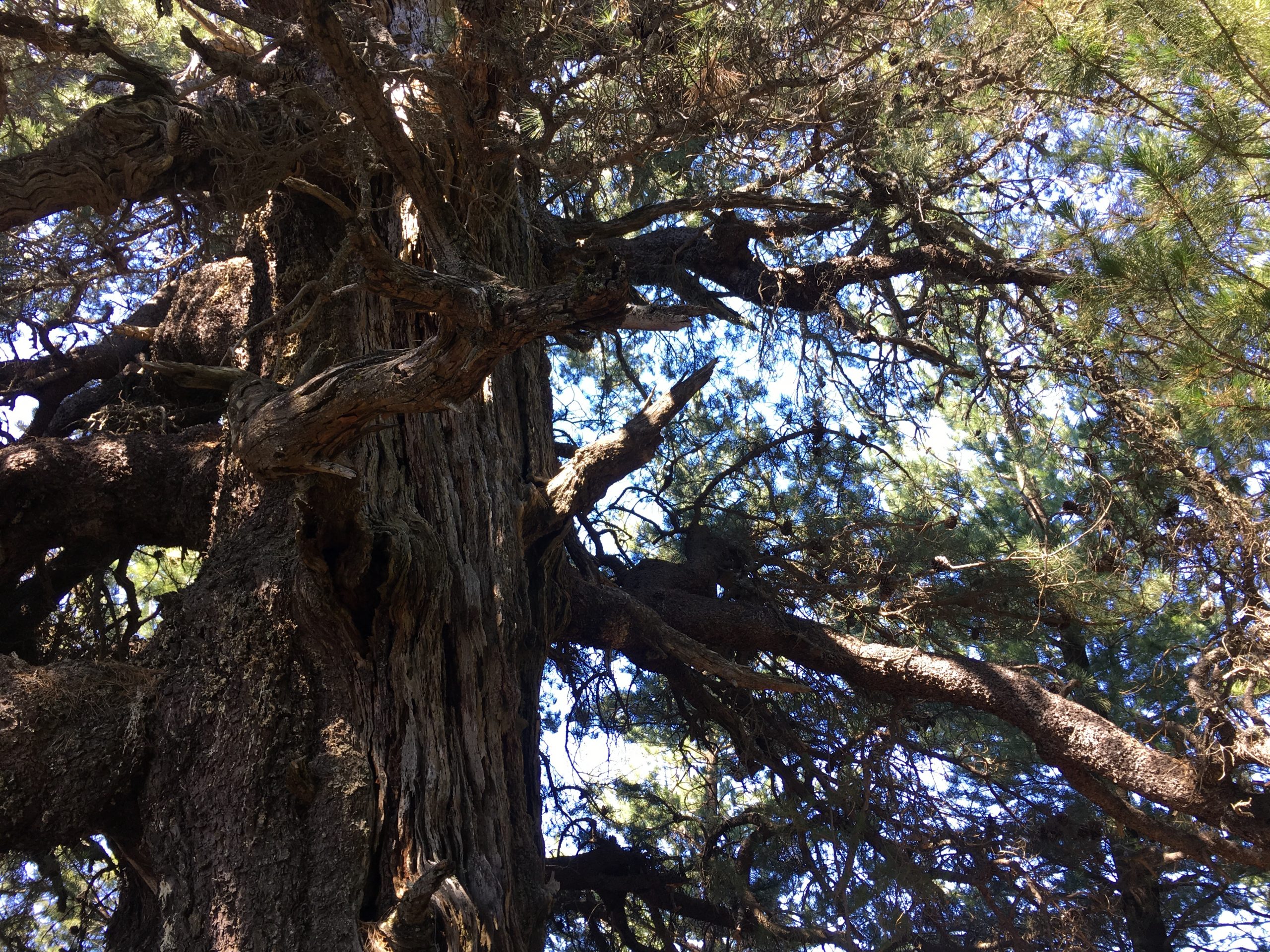
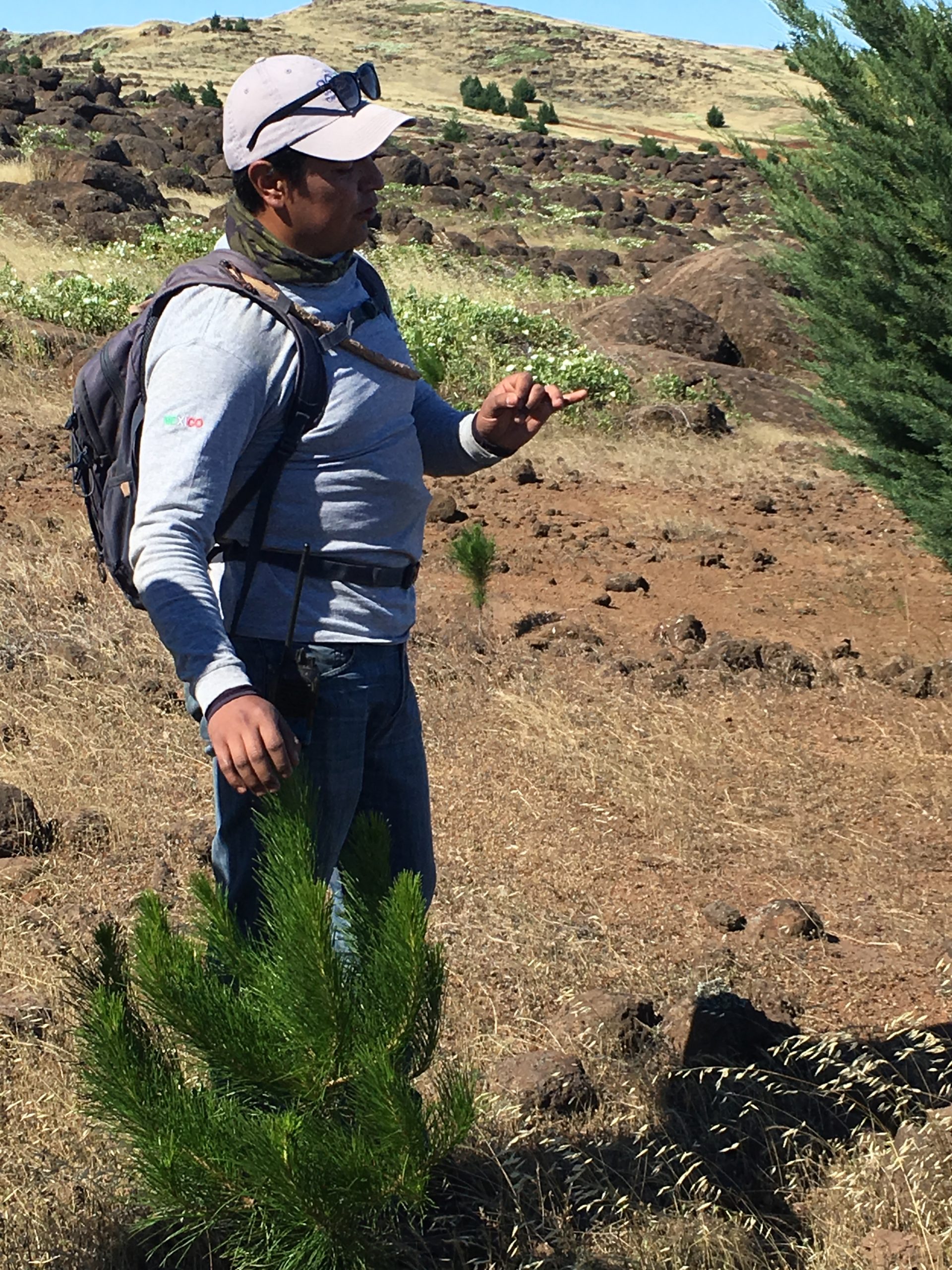
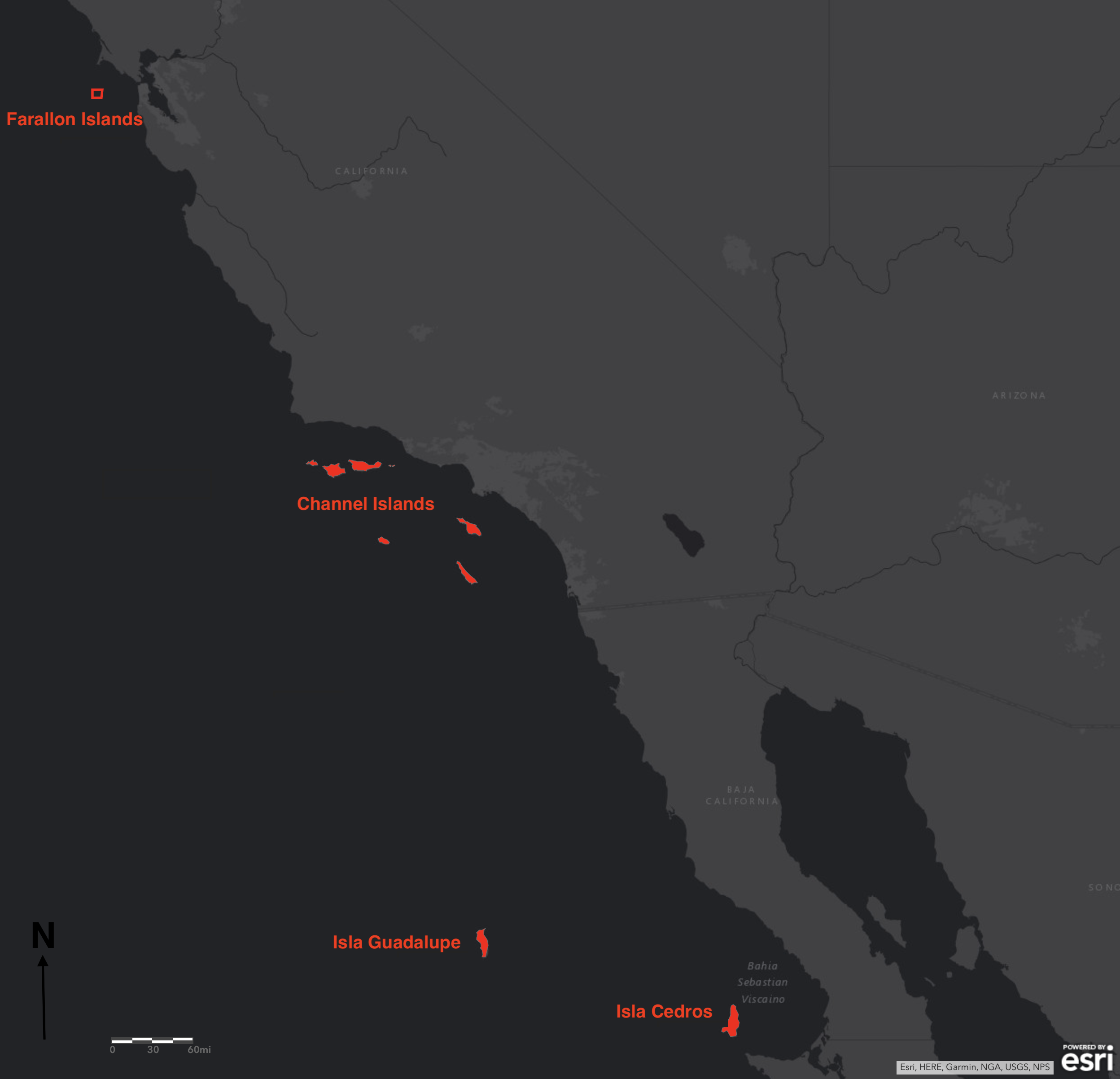
Get Updates
Get the latest news and conservation highlights from the CPC network by signing up for our newsletters.
Sign Up Today!Donate to CPC
Thank you for helping us save plant species facing extinction by making your gift to CPC through our secure donation portal!
Donate Today